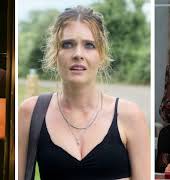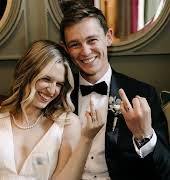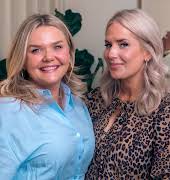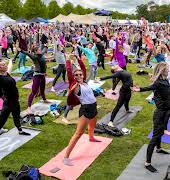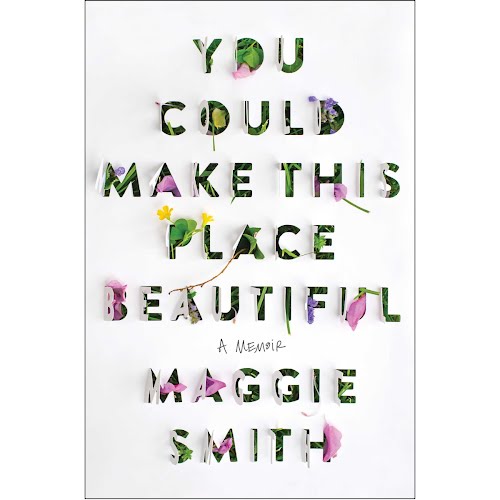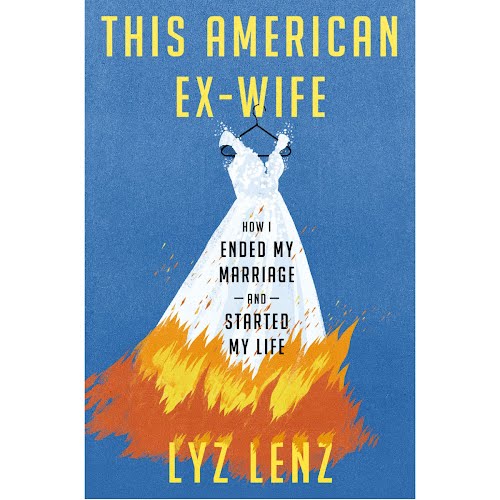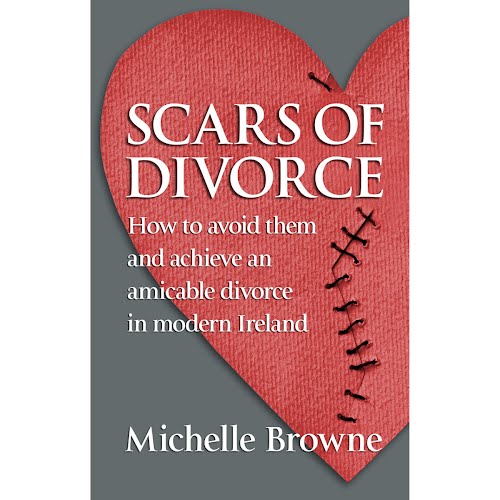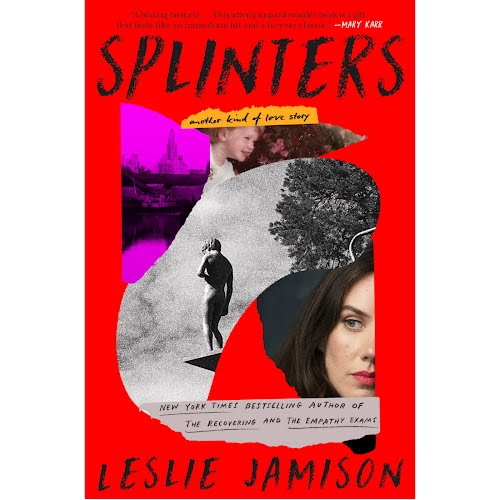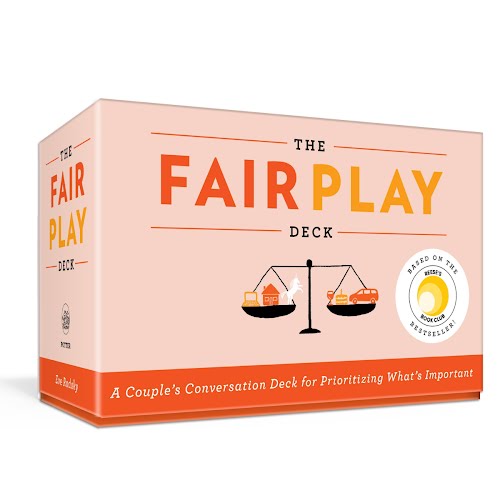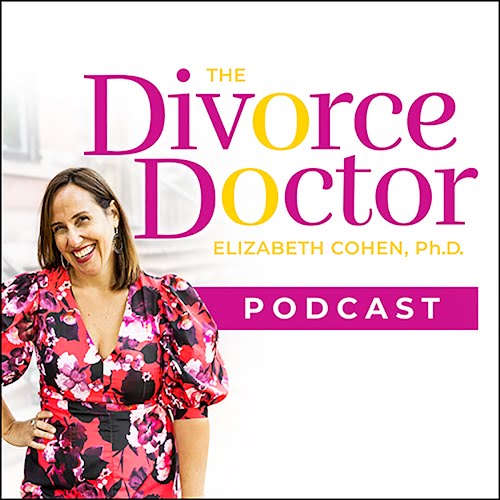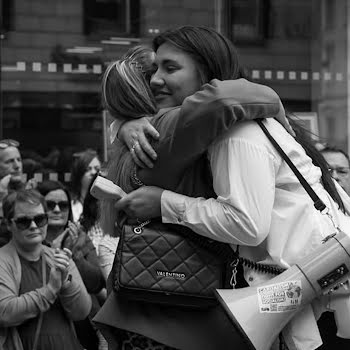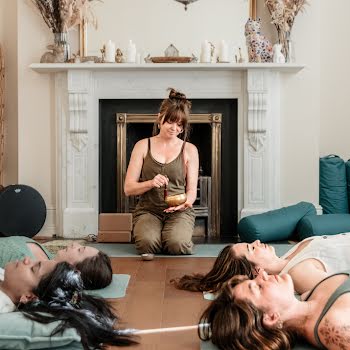Divorce memoirs tell new stories that counter long-held beliefs of failure and loss. For many women, divorce can be a liberation.
Marriages often come with elaborate ceremonies; rituals with dresses, rings, vows and a gathering of loved ones watching two people enter into a new phase of their lives, bound by their love and commitment to one another. The gathering is important; having people witness big life transformations not only lends them gravitas but allows these changes to be incorporated into the lives of those that have been changed. You have seen me get married, therefore you treat me as a married person, and so my identity becomes that of a married person.
Historically, there have been no such ceremonies for divorce. Only legalised in Ireland in 1996, divorce has often been shrouded in silence, in shame, in a sense of failure and loss that must be borne alone. When we hear people say “I’m getting a divorce”, the most common response is “I’m sorry”; as if the decision to end a marriage could only be a bad thing, a loss, a thing to be grieved and pitied.
But the scripts around these narratives are slowly changing. This year, Emily Ratajkowski showed off her “divorce rings”; two rings with stunning stones, repurposed from the engagement and wedding rings she had during her marriage to Sebastian Bear-McClard, whom she divorced in 2022. This bold reclamation of the symbols of a marriage now marks Ratajkowski’s new life chapter, where she seems utterly committed to herself. “There is nothing better than being in your 30s, still being hot, maybe having a little bit of your own money,” Ratajkowski said in a TikTok, “figuring out what you want to do with your life and having tried that married fantasy and realising that it’s maybe not all it’s cracked up to be.”
There's a cultural myth of divorced women being bitter, lonely and unhappy, and it lingers over unhappily married women like a threat, whispering, 'You’ll never survive alone.'
Undoing the script of the married fantasy and starting over is the theme of three new memoirs from prominent feminist writers, all of whom examine the difference between the narrative that women are often sold about marriage and divorce – and how different the realities can be. Leslie Jamison’s Splinters, Lyz Lenz’s This American Ex-Wife and poet Maggie Smith’s You Could Make This Place Beautiful have all become bestsellers, with readers responding to the ways these writers tackle the myth of modern marriages being egalitarian, empowering and feminist, and the realities that lurk behind in so many homes. Namely, a persistently unequal division of domestic labour; the strain that can come when a woman’s professional success eclipses that of her husband; the pressure put on women to “just try harder” to maintain unequal, disrespectful and even unfaithful relationships; and the cultural myth of divorced women being bitter, lonely and unhappy, which lingers over unhappily married women like a threat, whispering, “You’ll never survive alone.”
These memoirs feel particularly prescient at a time when there is much cultural hand wringing over the decline in heterosexual marriages, with male columnists frequently opining that feminism is ruining marriage and women need to drop their standards. In This American Ex-Wife, Lyz Lenz blends personal narrative with research to show that the issue isn’t that women are no longer putting work into their marriages – it’s that marriage was never designed to work for women. Charting the economic and transactional history of marriage where women were treated like property, Lenz explores how modern marriages still depend on the invisible, unpaid, unappreciated work of women.
In her opening chapter, Lenz recounts how three events contributed to the end of her marriage. One was her husband refusing to take the trash out, highlighting how Lenz was, and always would be, expected to constantly do more domestic work than her husband, despite declarations that they were equal partners. Two, that her husband was hiding some of her favourite objects and feminist mementos in a bizarre and petty attempt to shrink her personality down to something more palatable to him. And three, Lenz’s writing career took off, which led to her husband’s insecurities and resentments erupting; a real-life example, Lenz notes, of studies that show that “when women advance in their careers they are more likely to get a divorce, and so are female breadwinners.”
With a jolt, Lenz realises that inequality wasn’t contributing to her divorce; inequality was the only thing holding her marriage together. When the scale started leaning even slightly more towards her success, her independence, her sense of self outside of the role of “wife”, the balance of her marriage collapsed.
This unspoken inequality is echoed in Jamison’s memoir Splinters, as she witnessed an increase in anger and resentment from her writer husband when one of her books did exceptionally well while his book floundered. Deliberately choosing not to speak of her professional accomplishments around the one person who was meant to love and celebrate her more than anyone, Jamison notes, “I wish there was a way to say, ‘Your work matters,’ that didn’t involve muting my own.” Jamison also grapples with the ways in which her writing is never respected in the same way as male artists’ work. While men’s work is treated as sacred, as something to be prioritised over the day-to-day minutiae of parenting, Jamison constantly tackles a sense of guilt and irresponsibility for writing; a guilt that is heightened by her husband’s frequent outbursts deriding her ambition as selfish and unbecoming of a mother who should be more devoted to her husband and children. Ambition, Jamison learns, is desirable in men, and unattractive in women.
Similarly, Maggie Smith charts how her relationship starts crumbling as her poetry career soars, with her husband expressing resentment over how her work trips increased the amount of time he had to spend caring for the children and maintaining their home – overlooking the fact that he had spent years travelling for work without acknowledging the burden it placed on his wife. At one point, Smith refers to Eve Rodsky’s book Fair Play, which addresses how to tackle unequal divisions of labour in relationships, and Smith makes a list of all the tasks she was responsible for in her marriage, compared to her husband. “Looking at it,” Smith writes, “I thought, No wonder so many divorced men get remarried right away and so many divorced women stay on their own. I saw something I’m still trying to process: My life looked surprisingly like my mother’s.”
While Smith’s book is fittingly told in a poetic way, structured in brief fragments as she attempts to puzzle through the end of her marriage and then figure out a new configuration for her life, her instincts are borne out in the research that Lenz peppers throughout her more analytic exploration of marriage. Lenz explores how the very institution of marriage provides mental, emotional and financial benefits to men while restricting women’s personal and professional freedoms. She cites several studies that show that married men are happier than both single men and married women; however women are far more likely to initiate a divorce and 74% of divorced women report feeling liberated, while only 37% of divorced men do.
Much of this liberation comes from the reduced amount of domestic work divorced women do; feeling freer to pursue professional and creative pursuits; and feeling freed from the constant sacrifice and struggle to feel seen and respected in their marriages. Lenz observes how often women speak about “training” their husbands, and how often they act grateful for men who deign to cook dinner a few nights a week, or look after their own children. “As if that was the one thing I wanted to spend my time on – training a grown man like a horse.”
However, despite all three women being acutely aware of the issues in their relationships, they each put in huge effort to keep their marriages going for a long time (another form of work often outsourced to women, Lenz notes – starting emotional conversations, finding a couples counsellor, keeping the therapy schedule). Each also expresses a deep sense of fear and guilt when they finally decided to leave their marriages.


